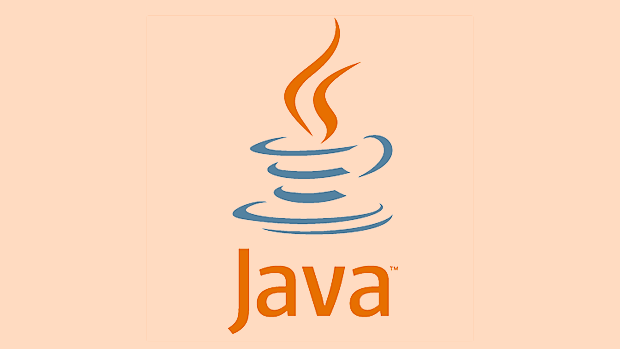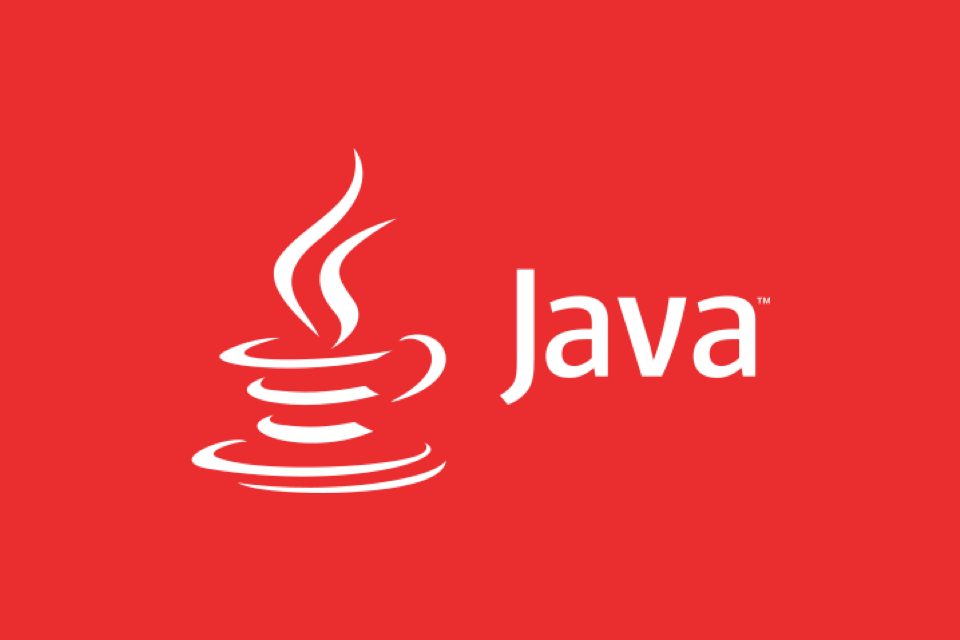How to implement the responsibility chain pattern in Java? 1. Define an abstract class or interface for processing requests, including processing methods and methods for setting up the next processor. 2. Create a specific processor class to implement request processing logic. If the current processor cannot process it, it will be passed to the next one. 3. Build a processor chain and form a chain by setting up the next processor of each processor. 4. The client initiates a request and starts processing from the first node of the chain until the processor processes or the chain ends. For example, TeamLead, ProjectManager, and Director process purchase requests of different amounts in turn, and determine whether to process or forward the requests based on the amount.

Implementing the Chain of Responsibility pattern in Java can help you decouple the sender and receiver of a request, especially when multiple objects could potentially handle the request. This design pattern allows you to pass a request along a chain of handlers until one of them processes it.

Understanding the Core Components
The Chain of Responsibility pattern consists of several key components:
- Handler : An interface or abstract class that defines the method for handling requests and maintaining the next handler in the chain.
- Concrete Handlers : Classes that implement the handler interface and contains the logic for processing specific requests. If a concrete handler cannot process the request, it forwards it to the next handler in the chain.
- Client : The object that initiates the request and sends it to the first handler in the chain.
For example, imagine you're building a system where different types of purchase requests need approval from various managers based on the amount. A PurchaseRequest might be handled by a TeamLead , then passed to a ProjectManager , and finally to a Director .

Building the Handler Interface
Start by defining an interface or abstract class for your handlers. In this case, let's use an abstract class to provide a default implementation for chaining handlers together.
public abstract class Approver {
protected Approver nextApprover;
public void setNextApprover(Approver nextApprover) {
this.nextApprover = nextApprover;
}
public abstract void processRequest(PurchaseRequest request);
}This abstract class includes:

- A reference to the next approver in the chain.
- A method to set the next approver.
- An abstract method
processRequest()that each concrete handler will implement.
Implementing Concrete Handlers
Now create concrete implementations of the Approver class. Each handler checks if it can process the request; otherwise, it passes the request to the next handler.
Here's how a TeamLead might look:
public class TeamLead extends Approver {
@Override
public void processRequest(PurchaseRequest request) {
if (request.getAmount() <= 1000) {
System.out.println("Team Lead approved the request of $" request.getAmount());
} else if (nextApprover != null) {
nextApprover.processRequest(request);
}
}
} And here's a ProjectManager :
public class ProjectManager extends Approver {
@Override
public void processRequest(PurchaseRequest request) {
if (request.getAmount() > 1000 && request.getAmount() <= 5000) {
System.out.println("Project Manager approved the request of $" request.getAmount());
} else if (nextApprover != null) {
nextApprover.processRequest(request);
}
}
} You can continue adding more levels like a Director for higher amounts.
Setting Up and Using the Chain
Once all handlers are defined, you link them together to form the chain. Then, you send the request to the first handler in the sequence.
Here's how you might set up the chain and make a request:
public class Client {
public static void main(String[] args) {
// Build the chain
Approver teamLead = new TeamLead();
Approver projectManager = new ProjectManager();
Approver director = new Director();
teamLead.setNextApprover(projectManager);
projectManager.setNextApprover(director);
// Make requests
teamLead.processRequest(new PurchaseRequest(800));
teamLead.processRequest(new PurchaseRequest(3000));
teamLead.processRequest(new PurchaseRequest(10000));
}
}In this example:
- The
PurchaseRequestwith $800 is handled by theTeamLead. - The $3000 request goes to the
ProjectManager. - The $10000 request reaches the
Director.
Make sure to test edge cases—like a request that no one can approve—and consider adding logging or fallback behavior.
Basically, that's how you implement the Chain of Responsibility pattern in Java. It keeps your code flexible and makes it easier to extend the chain as needed.
The above is the detailed content of How to implement the Chain of Responsibility pattern in Java?. For more information, please follow other related articles on the PHP Chinese website!

Hot AI Tools

Undress AI Tool
Undress images for free

Undresser.AI Undress
AI-powered app for creating realistic nude photos

AI Clothes Remover
Online AI tool for removing clothes from photos.

Clothoff.io
AI clothes remover

Video Face Swap
Swap faces in any video effortlessly with our completely free AI face swap tool!

Hot Article

Hot Tools

Notepad++7.3.1
Easy-to-use and free code editor

SublimeText3 Chinese version
Chinese version, very easy to use

Zend Studio 13.0.1
Powerful PHP integrated development environment

Dreamweaver CS6
Visual web development tools

SublimeText3 Mac version
God-level code editing software (SublimeText3)

Hot Topics
 Difference between HashMap and Hashtable?
Jun 24, 2025 pm 09:41 PM
Difference between HashMap and Hashtable?
Jun 24, 2025 pm 09:41 PM
The difference between HashMap and Hashtable is mainly reflected in thread safety, null value support and performance. 1. In terms of thread safety, Hashtable is thread-safe, and its methods are mostly synchronous methods, while HashMap does not perform synchronization processing, which is not thread-safe; 2. In terms of null value support, HashMap allows one null key and multiple null values, while Hashtable does not allow null keys or values, otherwise a NullPointerException will be thrown; 3. In terms of performance, HashMap is more efficient because there is no synchronization mechanism, and Hashtable has a low locking performance for each operation. It is recommended to use ConcurrentHashMap instead.
 Why do we need wrapper classes?
Jun 28, 2025 am 01:01 AM
Why do we need wrapper classes?
Jun 28, 2025 am 01:01 AM
Java uses wrapper classes because basic data types cannot directly participate in object-oriented operations, and object forms are often required in actual needs; 1. Collection classes can only store objects, such as Lists use automatic boxing to store numerical values; 2. Generics do not support basic types, and packaging classes must be used as type parameters; 3. Packaging classes can represent null values ??to distinguish unset or missing data; 4. Packaging classes provide practical methods such as string conversion to facilitate data parsing and processing, so in scenarios where these characteristics are needed, packaging classes are indispensable.
 What are static methods in interfaces?
Jun 24, 2025 pm 10:57 PM
What are static methods in interfaces?
Jun 24, 2025 pm 10:57 PM
StaticmethodsininterfaceswereintroducedinJava8toallowutilityfunctionswithintheinterfaceitself.BeforeJava8,suchfunctionsrequiredseparatehelperclasses,leadingtodisorganizedcode.Now,staticmethodsprovidethreekeybenefits:1)theyenableutilitymethodsdirectly
 How does JIT compiler optimize code?
Jun 24, 2025 pm 10:45 PM
How does JIT compiler optimize code?
Jun 24, 2025 pm 10:45 PM
The JIT compiler optimizes code through four methods: method inline, hot spot detection and compilation, type speculation and devirtualization, and redundant operation elimination. 1. Method inline reduces call overhead and inserts frequently called small methods directly into the call; 2. Hot spot detection and high-frequency code execution and centrally optimize it to save resources; 3. Type speculation collects runtime type information to achieve devirtualization calls, improving efficiency; 4. Redundant operations eliminate useless calculations and inspections based on operational data deletion, enhancing performance.
 What is an instance initializer block?
Jun 25, 2025 pm 12:21 PM
What is an instance initializer block?
Jun 25, 2025 pm 12:21 PM
Instance initialization blocks are used in Java to run initialization logic when creating objects, which are executed before the constructor. It is suitable for scenarios where multiple constructors share initialization code, complex field initialization, or anonymous class initialization scenarios. Unlike static initialization blocks, it is executed every time it is instantiated, while static initialization blocks only run once when the class is loaded.
 What is the Factory pattern?
Jun 24, 2025 pm 11:29 PM
What is the Factory pattern?
Jun 24, 2025 pm 11:29 PM
Factory mode is used to encapsulate object creation logic, making the code more flexible, easy to maintain, and loosely coupled. The core answer is: by centrally managing object creation logic, hiding implementation details, and supporting the creation of multiple related objects. The specific description is as follows: the factory mode handes object creation to a special factory class or method for processing, avoiding the use of newClass() directly; it is suitable for scenarios where multiple types of related objects are created, creation logic may change, and implementation details need to be hidden; for example, in the payment processor, Stripe, PayPal and other instances are created through factories; its implementation includes the object returned by the factory class based on input parameters, and all objects realize a common interface; common variants include simple factories, factory methods and abstract factories, which are suitable for different complexities.
 What is the `final` keyword for variables?
Jun 24, 2025 pm 07:29 PM
What is the `final` keyword for variables?
Jun 24, 2025 pm 07:29 PM
InJava,thefinalkeywordpreventsavariable’svaluefrombeingchangedafterassignment,butitsbehaviordiffersforprimitivesandobjectreferences.Forprimitivevariables,finalmakesthevalueconstant,asinfinalintMAX_SPEED=100;wherereassignmentcausesanerror.Forobjectref
 What is type casting?
Jun 24, 2025 pm 11:09 PM
What is type casting?
Jun 24, 2025 pm 11:09 PM
There are two types of conversion: implicit and explicit. 1. Implicit conversion occurs automatically, such as converting int to double; 2. Explicit conversion requires manual operation, such as using (int)myDouble. A case where type conversion is required includes processing user input, mathematical operations, or passing different types of values ??between functions. Issues that need to be noted are: turning floating-point numbers into integers will truncate the fractional part, turning large types into small types may lead to data loss, and some languages ??do not allow direct conversion of specific types. A proper understanding of language conversion rules helps avoid errors.






